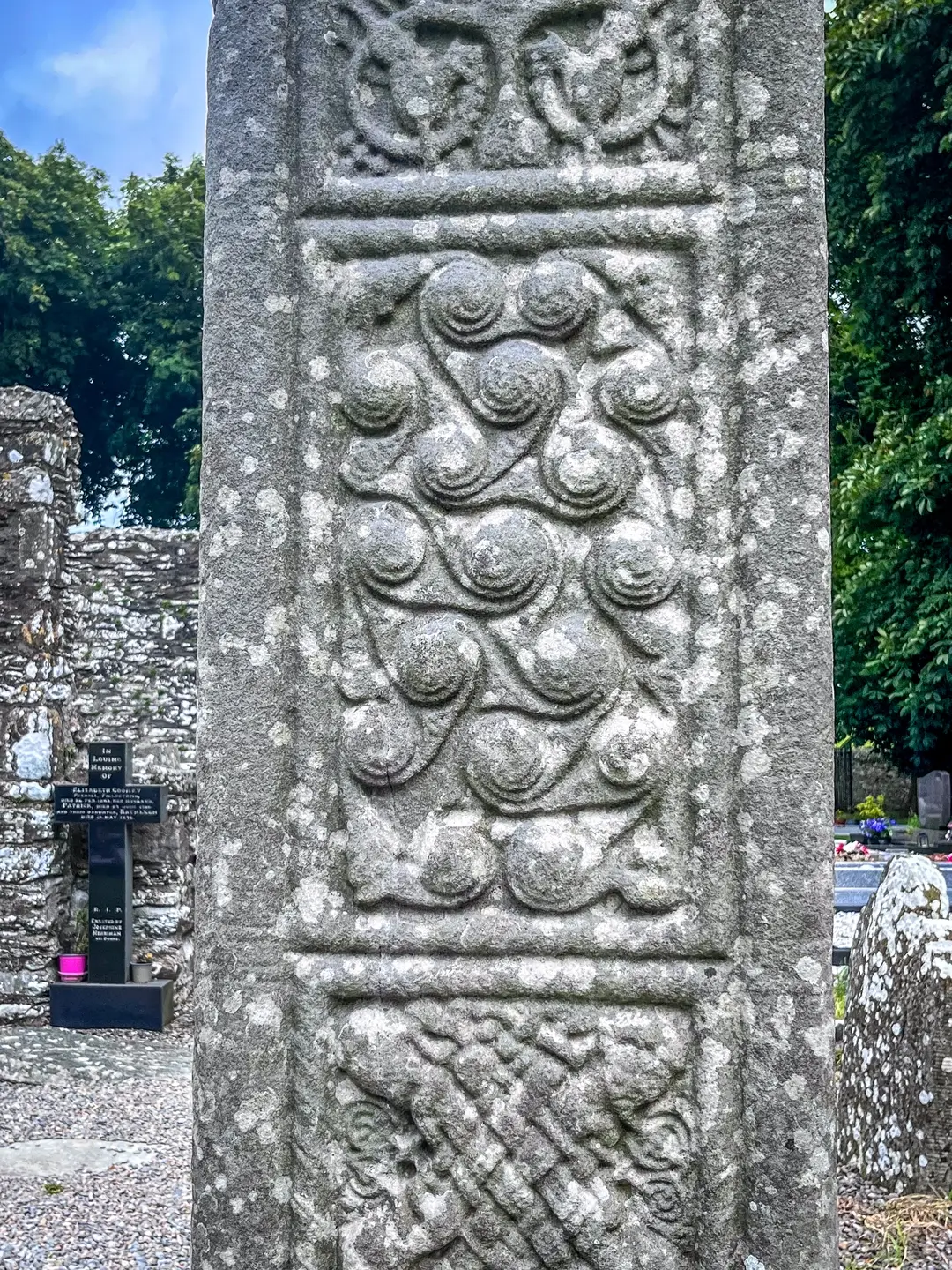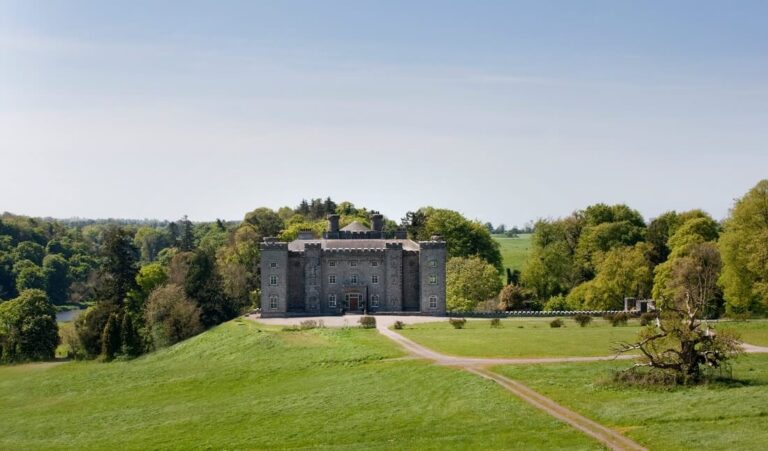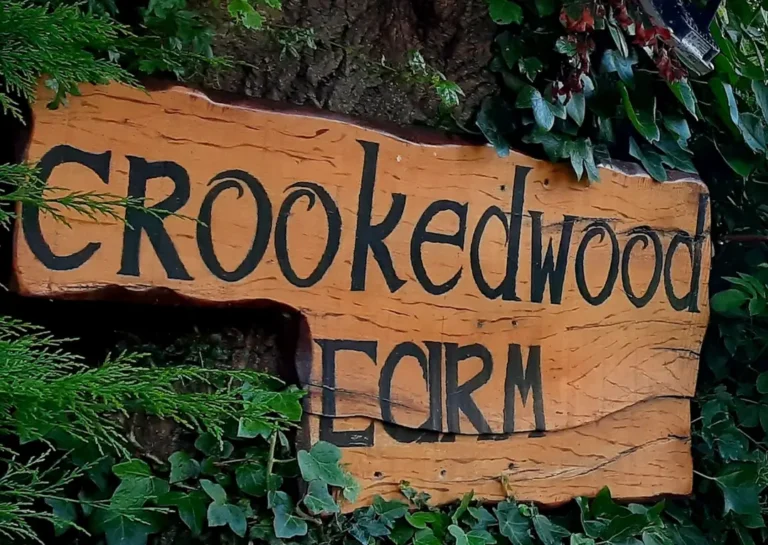Religious Symbolism of the Crosses
The cross is a really old symbol, and it means a lot of different things to different people. For Christians, it’s super important because it reminds them of Jesus. But it’s not just one kind of cross; there are tons of variations, and each one has its own story and meaning. This article will look at some of these different crosses and what they stand for, especially in a religious sense.
Key Takeaways
- The Latin Cross, with its longer bottom arm, is a common symbol of Jesus’s sacrifice.
- Crosses with flowers often represent new life and hope, especially around Easter.
- The Celtic Cross, with its circle around the intersection, connects Christian faith with older traditions.
- Before Christianity, cross-like shapes were used in many cultures, showing different ideas.
- The cross is seen everywhere in Christian life, from churches to jewelry, showing its importance.
Understanding the Christian Cross
The cross is arguably the most recognizable symbol of Christianity. It represents the crucifixion of Jesus Christ, a pivotal event in Christian theology. But beyond this central meaning, the cross exists in many forms, each carrying its own nuances and historical weight. Let’s explore Christian crosses and their significance.
The Latin Cross
The Latin Cross, sometimes called the Christian Cross, is probably the one most people picture when they think of a cross. It features a longer vertical beam and a shorter horizontal beam. It’s a straightforward design, but its simplicity speaks volumes. It symbolizes Jesus’s sacrifice on the cross and his ultimate victory over death. You’ll see it everywhere, from simple pendants to grand church facades.
The Greek Cross
Unlike the Latin Cross, the Greek Cross has arms of equal length. It looks like a plus sign. This form was widely used in early Christian art and architecture, particularly in the Eastern Orthodox tradition. It’s a symbol of balance and universality, representing the idea that Christ’s message extends to all people, in all directions.
The Crucifix
While the Latin and Greek crosses are symbols in themselves, the crucifix takes it a step further. The crucifix is a cross that includes a figure of Jesus Christ, known as the corpus. It’s a powerful reminder of the suffering Jesus endured. It’s common in Catholic, Anglican, and Lutheran traditions. The crucifix serves as a visual representation of the sacrifice made for humanity’s redemption.
The distinction between a plain cross and a crucifix is important. While both represent the Christian faith, the crucifix specifically emphasizes the physical suffering and death of Jesus. This difference in emphasis reflects varying theological perspectives within Christianity.
Symbolism of Specific Cross Designs
Crosses With Flowers
Crosses adorned with flowers often represent renewal, hope, and the beauty of life. The type of flower used can also add layers of meaning. For example, lilies are frequently associated with Easter and the resurrection, while roses can symbolize love and sacrifice. The combination of the cross, a symbol of sacrifice, with flowers, symbols of life, creates a powerful image of hope and rebirth.
- Lilies: Resurrection, purity, hope
- Roses: Love, sacrifice, beauty
- Violets: Humility, remembrance
The use of flowers on crosses is a common sight in cemeteries and memorial gardens. It’s a way to honor the deceased and to express the belief that even in death, there is still beauty and hope.
The Wrapped Cross
The wrapped cross, sometimes called a draped cross, typically features a cloth draped over the cross. This can symbolize several things, including the shroud that covered Jesus after his death, or the covering of imperfections and sins through Christ’s sacrifice. It can also represent the transition from death to resurrection, with the draped cloth suggesting the empty tomb. The wrapped cross is a powerful symbol of mourning and hope.
The Celtic Cross
The Celtic Cross is a distinct variation characterized by a ring surrounding the intersection of the cross. Its origins are debated, but it’s often associated with early Celtic Christianity. The ring is thought to represent eternity or the sun, a pre-Christian symbol that was integrated into the Christian cross. The Celtic Cross is rich in symbolism, often incorporating intricate knotwork designs that represent the interconnectedness of all things. It’s a symbol of faith, culture, and heritage. Many appreciate the Celtic cross for its unique design.
Here’s a simple breakdown of its key elements:
| Element | Symbolism |
|---|---|
| Cross | Faith, Christianity |
| Ring | Eternity, the sun, interconnectedness |
| Knotwork | Interwoven destinies, spiritual growth |
| Interlace | The Holy Trinity, eternal life |
Historical Context of Cross Symbolism
Pre-Christian Symbolism
Okay, so the cross wasn’t invented by Christians. Turns out, versions of it were around way before. The ancient Egyptian ankh symbol, for example, looks pretty similar and was a symbol of life. Some people think other cultures used cross-like symbols too, for various reasons – like representing the sun or different natural elements. It’s kind of wild to think about how a shape can mean such different things to different people throughout history. It makes you wonder what they were thinking back then.
Early Christian Adoption
So, when did Christians start using the cross? It wasn’t right away. There’s not a ton of evidence from the 2nd century. Some think they were hesitant because it was a brutal form of execution. But by the 3rd century, it was becoming more common. Clement of Alexandria even used the phrase “the Lord’s sign” to mean the cross. By the 4th century, it was pretty much everywhere in Christian art.
It’s interesting to consider how a symbol of death and suffering transformed into a symbol of hope and redemption. The early Christians really turned something awful into something powerful.
Medieval Interpretations
During the Middle Ages, the cross became super important. People started adding all sorts of details and meanings to it. Different types of crosses popped up, each with its own symbolism. The Latin cross, for example, became the standard representation of Christ’s crucifixion. The cross was everywhere – in churches, in art, even in everyday objects. It was a constant reminder of faith and salvation. It’s hard to imagine medieval life without the cross being such a central image.
Variations and Interpretations of the Cross
The cross, while fundamentally representing the sacrifice of Jesus, has evolved into a multitude of forms, each carrying its own nuance and significance. These variations often reflect specific theological viewpoints, historical contexts, or cultural influences. It’s interesting how a single symbol can branch out into so many different expressions.
Double-Barred Crosses
Double-barred crosses, such as the Patriarchal Cross and the Papal Cross, feature two horizontal bars. The most common interpretation suggests the upper bar represents the inscription placed above Jesus on the cross (INRI), while the lower bar symbolizes either Jesus’s place of execution or the balance between earthly and heavenly power. The Papal Cross includes a third bar, often interpreted as representing the Pope’s authority as the Vicar of Christ. These crosses are frequently seen in Eastern Orthodox and Catholic contexts.
Triple-Barred Crosses
Triple-barred crosses, less common than their double-barred counterparts, are primarily associated with the Papal Cross. As mentioned above, the three bars are often said to represent the Pope’s threefold office: teacher, pastor, and priest. It’s a symbol of authority and responsibility within the Catholic Church. You’ll often see this cross displayed in settings related to the papacy.
Heraldic Cross Variants
Heraldry has embraced the cross in countless forms, each with its own unique name and design. These heraldic variants were used to identify families, regions, and organizations. Some common examples include:
- Cross Pattée: Features arms that are narrow at the center and widen towards the edges, often with slightly curved or concave sides.
- Cross Moline: Has arms that end in forked or split ends, resembling the iron clamp used to secure millstones.
- Cross Fleury: Adorned with fleur-de-lis at the end of each arm, symbolizing purity and the Trinity.
The sheer number of heraldic crosses demonstrates the enduring appeal and adaptability of the symbol. Each design carries a specific meaning, often tied to the history and values of the family or group it represents. It’s like a visual language, where the shape of the cross speaks volumes.
It’s fascinating to see how the simple Latin cross has been adapted and reinterpreted over time, resulting in a rich tapestry of symbolism. These variations offer a glimpse into the diverse ways in which Christians have understood and expressed their faith.
The Cross in Christian Practice
The cross isn’t just some abstract idea in Christianity; it shows up in very real, tangible ways in how people live out their faith. From the buildings they worship in to how they remember loved ones, the cross is a constant reminder.
Crosses in Churches
Churches often prominently feature crosses. You’ll see them on top of the building, inside as part of the decor, and maybe even on the church bibles. Some denominations, like Catholics, Anglicans, and Lutherans, often use crucifixes – crosses with Jesus on them – to emphasize the sacrifice of Christ. Other Protestant traditions might use a plain cross, seeing it as a symbol of the resurrection. The presence of the cross serves as a focal point for worship and a visual representation of the Christian faith.
Crosses in Cemeteries
Walk through any Christian cemetery, and you’ll notice crosses everywhere. They’re carved into gravestones, stand as sculpted monuments, and are a common way to mark the final resting place of believers. The cross in a cemetery isn’t just a decoration; it’s a symbol of hope, reminding people of the promise of eternal life through Jesus.
Personal Adornment
Many Christians wear crosses as jewelry. It could be a simple necklace, a bracelet, or even earrings. For some, it’s a fashion statement, but for many, it’s a personal expression of their faith. Members of the Oriental Orthodox and Eastern Orthodox Churches are often given a cross necklace at baptism and are expected to wear it always. It’s a constant reminder of their commitment to Christianity.
The practice of making the Sign of the Cross is also common in many Christian traditions, including Catholic, Orthodox, Lutheran, and Anglican churches. This gesture, where people trace the shape of a cross on their bodies, is a prayer and a declaration of faith. It’s a way of invoking God’s blessing and identifying oneself as a follower of Christ.
The Cross as a Symbol of Sacrifice and Redemption
The cross, beyond its physical form, carries profound meaning within Christianity. It’s not just an object; it’s a powerful symbol loaded with layers of significance. It speaks of immense sacrifice, ultimate redemption, and the promise of something beyond our earthly existence. It’s a complex symbol, and different people interpret it in slightly different ways, but the core message remains consistent.
Representing Jesus’ Suffering
The cross most immediately brings to mind the suffering of Jesus Christ. The image of the crucifixion is a stark reminder of the pain and anguish he endured. Think about the crucifix, with Jesus depicted nailed to the wood. It’s a visceral representation of his physical torment. Even crosses without the figure of Christ evoke this suffering, prompting reflection on the magnitude of his sacrifice. The crown of thorns, often depicted alongside the cross, further emphasizes the humiliation and agony Jesus faced. This visual representation serves as a constant reminder of the price paid for humanity’s salvation.
Victory Over Death and Sin
While the cross represents suffering, it also symbolizes victory. It’s not just about the death of Jesus, but about his triumph over death and sin. The resurrection is central to Christian belief, and the cross becomes a symbol of that victory. It signifies that death is not the end, but a transition to eternal life. The empty cross, in particular, emphasizes this triumph, representing the risen Christ and the defeat of death’s power. It’s a symbol of hope, assuring believers that they too can overcome sin and death through faith.
Hope of Resurrection
Ultimately, the cross offers hope. It’s a beacon of light in the face of darkness, promising resurrection and eternal life. It’s a reminder that even in the midst of suffering and despair, there is always hope for a better future. The flowers sometimes adorning crosses symbolize Jesus Christ’s resurrection, new life, and the promise of renewal. The cross is a testament to God’s love and his desire for humanity to be reconciled with him. It’s a symbol that transcends earthly limitations, offering a glimpse of the divine and the promise of everlasting life.
The cross is a complex symbol, embodying both immense suffering and ultimate triumph. It serves as a constant reminder of Jesus’ sacrifice and the hope of resurrection, offering solace and inspiration to believers. It’s a symbol that speaks to the core of Christian faith, reminding us of the power of love, forgiveness, and redemption.
The cross isn’t just an old symbol; it’s a powerful sign of giving everything and finding new hope. It shows us how big love can be and how even bad things can lead to good. Want to learn more about this amazing journey of faith? Head over to our site for deeper insights.
Conclusion
So, we’ve looked at a bunch of different crosses and what they mean. It’s pretty clear that these symbols, even though they might look simple, actually carry a lot of history and belief. From the basic Latin cross to the more detailed ones, each design tells a part of a bigger story. They remind people of faith, hope, and even tough times. It’s interesting how one shape can have so many different layers of meaning, depending on who’s looking at it and where they come from. These crosses really show how important symbols are in connecting people to their traditions and beliefs. For information about Irish High Crosses, checkout our tours.
Frequently Asked Questions
What is the Latin Cross?
The Latin Cross is the most common Christian cross. It looks like a lowercase ‘t’ with a longer bottom part. It reminds us of Jesus’ crucifixion, where he died on a cross.
How is the Greek Cross different?
The Greek Cross has four arms that are all the same length, forming a plus sign. It’s an older design and is often seen in art and architecture from early Christian times.
What is a Crucifix?
A Crucifix is a cross that includes a figure of Jesus’ body on it. It’s meant to show Jesus’ suffering and sacrifice on the cross, making his death a central part of the symbol.
Why do some crosses have flowers?
Crosses with flowers often symbolize new life, hope, and Jesus’ resurrection. The flowers show that even after death, there’s a promise of new beginnings and victory over sorrow.
What makes the Celtic Cross special?
The Celtic Cross is a Latin cross with a circle around where the arms meet. This circle is thought to represent eternity, the sun, or a halo, connecting ancient traditions with Christian faith.
Why is the cross such an important symbol for Christians?
The cross became important to Christians because it was the way Jesus died to save humanity. It changed from a sign of punishment to a powerful symbol of God’s love, sacrifice, and the hope of eternal life.




